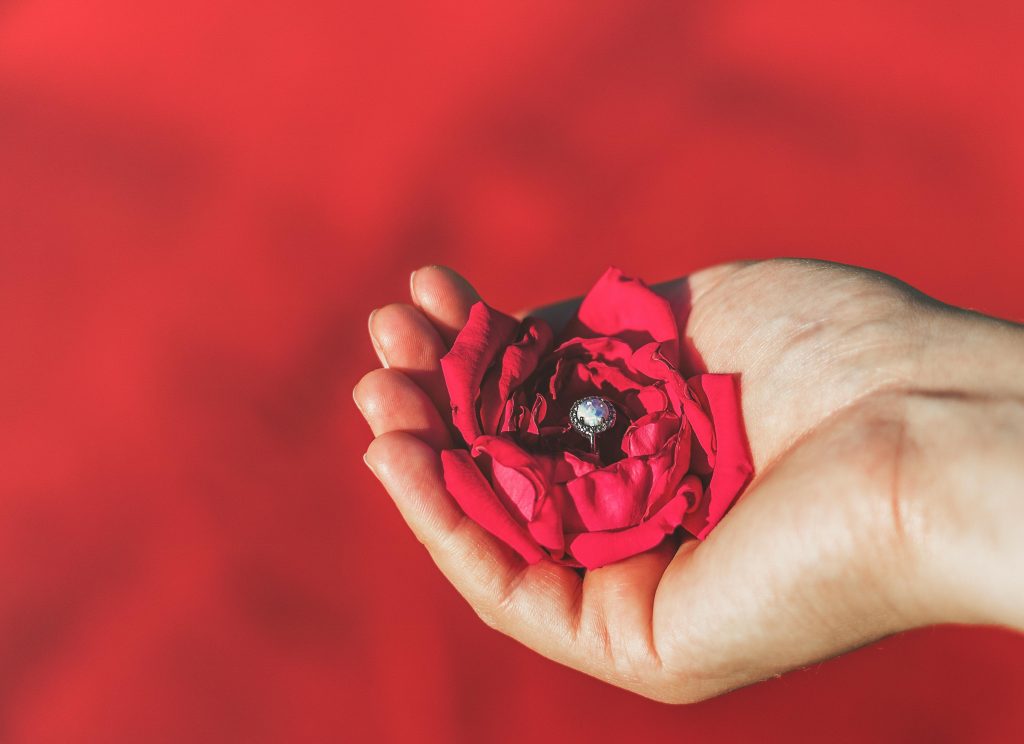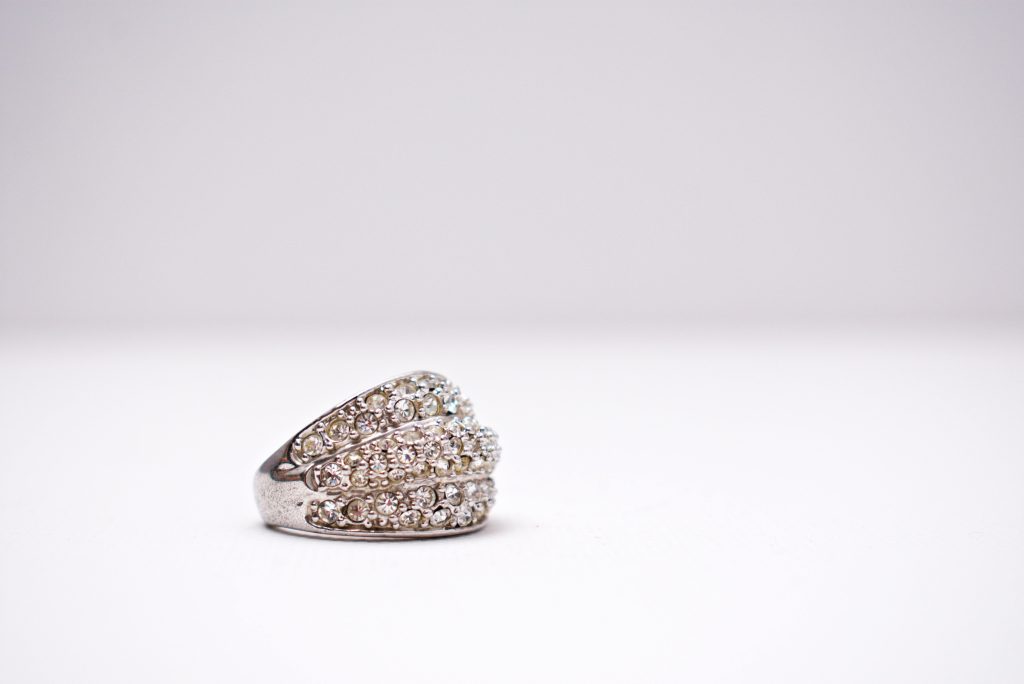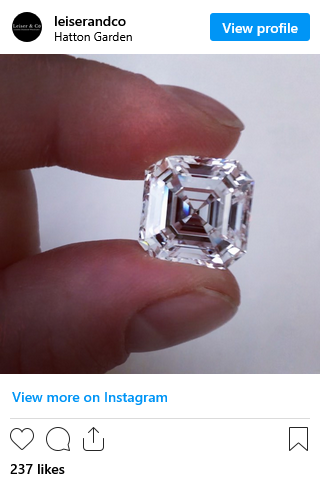Understanding the Importance of Diamond Color in Gemology
Diamond color is one of the fundamental components of the “Four Cs” used to determine a diamond’s quality and value, alongside carat weight, clarity, and cut. Unlike colored gemstones where hue is a prized attribute, colorless diamonds are generally more valuable when they exhibit as little color as possible. The presence of yellow or brown tints in white diamonds can reduce their desirability and market price. This is because colorless diamonds allow more light to pass through, resulting in a greater brilliance and fire. In gemology, color is not just a visual feature but also an indicator of a diamond’s chemical structure and formation environment. Even subtle changes in tone can affect a diamond’s categorization, making precise color grading crucial for both buyers and sellers. Therefore, understanding diamond color ranges is vital for anyone involved in buying, selling, or appraising these precious stones.

The GIA Diamond Color Scale: D to Z Explained
The Gemological Institute of America (GIA) developed the internationally recognized diamond color grading scale that ranges from D (colorless) to Z (light color). This scale applies primarily to white or “colorless” diamonds and measures the absence of color rather than the presence. Diamonds graded D, E, and F are considered colorless, exhibiting virtually no hue and representing the rarest and most expensive category. Grades G through J are labeled as near colorless and may show slight traces of warmth when closely examined or placed side by side with higher-grade stones. Grades K to M are faint color diamonds, often displaying a visible yellow or brown tint, especially in larger carat sizes. From N to Z, the color becomes increasingly apparent and can affect the sparkle and transparency of the diamond. Although lower on the scale, some consumers find that well-cut diamonds in these ranges can still offer beauty and value. The scale is meticulously structured and requires skilled gemologists to accurately assess under controlled lighting conditions using master stones for comparison.
The Role of Lighting and Mounting in Perceived Color
One of the most fascinating aspects of diamond color assessment is the influence of environmental factors, especially lighting conditions. The GIA conducts grading in a neutral white light environment using specific viewing angles to minimize distortion. However, when a diamond is removed from that controlled setting, its color can appear dramatically different depending on the surrounding light—whether natural sunlight, fluorescent, incandescent, or LED. This means a diamond that appears white in one setting could take on a warm hue in another. Similarly, the metal used in a ring’s setting can either mask or amplify the diamond’s natural color. For instance, yellow gold may neutralize faint yellow tones in a diamond, making lower color grades more appealing, while white gold or platinum can enhance the perception of colorlessness. This is why jewelers often recommend viewing a diamond in various lighting conditions and within a chosen setting before finalizing a purchase. Understanding how perception differs from laboratory grading is critical for realistic expectations.
Diamond Color and Price Correlation
The relationship between diamond color and price is steep and often misunderstood. As a rule, diamonds with less color command higher prices, all other factors being equal. A D-grade diamond can be significantly more expensive than a G or H-grade diamond of the same cut, clarity, and carat weight. The price jump between color grades can be disproportionate to the actual visual difference perceived by an untrained eye, especially in the higher end of the scale. This is particularly true from D to F, where the distinction is barely noticeable without specialized equipment. However, the cost can drop considerably from J to K and again from M onward. This offers opportunities for budget-conscious buyers to secure a diamond with excellent visual appeal by prioritizing cut and carat over absolute colorlessness. It’s also worth noting that color impact on price is more pronounced in larger diamonds, where tints are easier to spot, making color grade a critical factor in high-carat stones.
Fancy Color Diamonds: Beyond the D-to-Z Scale
While the GIA D-to-Z scale applies to colorless diamonds, there is a completely separate classification for what are known as fancy color diamonds. These include diamonds that display hues such as yellow, pink, blue, green, and even red—some of the rarest and most valuable gemstones in the world. Fancy color diamonds are graded based on the presence and intensity of their color rather than the absence of it. The GIA uses terms like Fancy Light, Fancy, Fancy Intense, and Fancy Vivid to describe the richness of color saturation. Unlike colorless diamonds, where traces of color reduce value, in fancy color diamonds, stronger and more pure hues are preferred and dramatically increase value. For example, a Fancy Vivid Blue diamond can be worth exponentially more than a top-quality colorless diamond. These gems are prized not only for their beauty but also for their rarity, and they often serve as investment-grade collectibles in high-end markets.

Tips for Choosing the Right Diamond Color for Your Budget
Selecting the appropriate diamond color is a balance between aesthetic preference and financial practicality. For those seeking maximum brilliance without paying for top-tier grades like D or E, diamonds in the G to J range offer excellent value. These are often labeled “near colorless” and can appear virtually indistinguishable from colorless diamonds once mounted, especially in smaller carat sizes. Buyers on tighter budgets might consider diamonds in the K to M range, which show more visible warmth but can be set in yellow gold to minimize the impact. It’s important to remember that cut quality significantly affects how color is perceived—a well-cut diamond reflects light more effectively, which can obscure slight color tints. Shoppers should also weigh personal sensitivity to color. Some individuals are more attuned to color nuances and may prefer whiter diamonds, while others may prioritize size or clarity over an imperceptible difference in hue. A balanced approach often leads to greater satisfaction and smarter spending.
Color Considerations Based on Diamond Shapes
Diamond shape plays a crucial role in how color is displayed and perceived. Brilliant-cut diamonds, such as round, cushion, or princess cuts, are designed to maximize light return and sparkle. This optical brilliance tends to mask slight color tints, making these shapes more forgiving of lower color grades. Conversely, step-cut diamonds like emerald or Asscher cuts feature larger, open facets that highlight clarity and can more easily reveal traces of color. Therefore, buyers seeking step-cut diamonds often opt for higher color grades to maintain a bright and clean appearance. The elongated nature of oval, pear, and marquise cuts can concentrate color in the pointed ends, so buyers should pay close attention to these areas during inspection. Understanding how shape influences perceived color can help buyers make informed choices and avoid overpaying for attributes that may not yield noticeable benefits in everyday viewing conditions.
Fluorescence and Its Impact on Diamond Color
Fluorescence is a natural phenomenon present in some diamonds, where the gem emits a soft glow—usually blue—when exposed to ultraviolet (UV) light. While fluorescence is not inherently a flaw, its impact on a diamond’s appearance and market value varies. In lower color grades such as I to M, medium to strong blue fluorescence can be advantageous, often giving the diamond a whiter appearance and thus enhancing its visual appeal. However, in colorless or near-colorless diamonds, strong fluorescence can sometimes cause a milky or hazy effect, especially in overexposed lighting conditions, which may diminish transparency. That said, many diamonds with fluorescence show no noticeable impact to the naked eye, and the stigma attached is often more market-driven than based on actual performance. Buyers should view diamonds with fluorescence in various lighting conditions to assess personal preference before dismissing these options, as they often offer cost advantages without compromising quality.
How Certification Influences Color Confidence
When it comes to diamond color, certification from a reputable gemological laboratory is essential for ensuring accuracy and transparency. The Gemological Institute of America (GIA) is considered the gold standard, offering highly detailed and consistent color grading. Other reputable labs include the American Gem Society (AGS) and, to a lesser extent, the International Gemological Institute (IGI). These certifications not only provide a precise color grade but also indicate the grading methodology used, such as comparison against master stones in a controlled lighting environment. Certified color grading allows consumers to shop with confidence and protects them from overpaying or receiving misrepresented diamonds. It also adds resale value, as buyers and appraisers heavily rely on these documents. Importantly, uncertified or poorly graded diamonds may be inaccurately labeled, leading to disappointment upon delivery or appraisal. Always insist on reputable certification as part of a well-informed buying strategy.
Future Trends: Lab-Grown Diamonds and Color Grading
The emergence of lab-grown diamonds has introduced new dynamics to the diamond color market. These diamonds are created using advanced technological processes like Chemical Vapor Deposition (CVD) or High Pressure High Temperature (HPHT), and they undergo the same grading standards as natural diamonds. Lab-grown diamonds often come with GIA, IGI, or GCAL certification, complete with a color grade that mirrors the D-to-Z scale. Interestingly, lab-grown diamonds frequently exhibit higher color grades at significantly lower costs compared to their natural counterparts. Because the manufacturing process can be fine-tuned, producers can often achieve whiter stones more consistently. However, some lab diamonds—especially those produced by HPHT—may show tints or be accompanied by strong fluorescence. The growing popularity of lab-grown diamonds is expected to influence consumer expectations and pricing norms for color grading. As the market matures, transparency in color evaluation and standardization will become even more critical for informed buying decisions.




